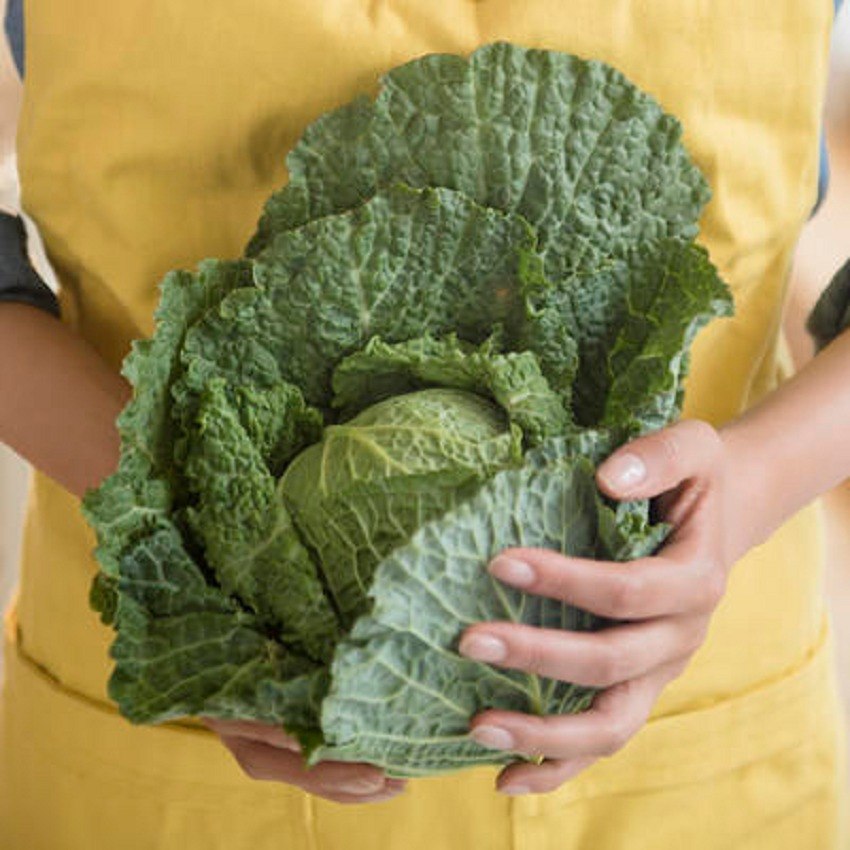How to Eat Slim in Your 20s, 30s, 40s, and 50s
 Health & Fitness
Health & Fitness
Eat slim at every age
Have you found yourself wishing on every birthday candle for your 20-something metabolism to make a surprise comeback? You’re not alone. The reality is that a combination of physiological and lifestyle factors turns losing weight and keeping it off into a bit more of a battle as you age.
While there’s no magic potion to banish saddlebags and tummy pudge in a snap, you have more control than you think. Whether you’ve hit 34 and traded gym time for diaper changing or just toasted 49 with the lowest of the low-cal cocktails, you can maneuver around physical and day-to-day hurdles to stop pounds in their tracks.
Your metabolism in your 20s
When you're in your 20s, the top diet trap is almost always booze. Red cups and bar nights can fill the weekends of 20-somethings (or any big partiers!) with empty calories. Luckily, it's easy to move towards moderation with a few easy steps.
Drink healthier in your 20s
Slim down your order: Sip an ultra-low-carb beer; most contain only 2 to 3 grams of carbs, compared with roughly 13 in a regular can. Cocktails made with mixers are even bigger diet traps (just 4 ounces of a sweetened mixer can pack 27 grams of carbs), so opt for a drink mixed with plain soda water.
Plan your post-drinking meal: In addition to acting as an appetite stimulant, alcohol lowers inhibitions, a recipe for eating things you wouldn't sober. Before you take your first sip, decide what you're going to have after happy hour. Not cooking? Scope out nearby restaurants that offer healthy options, like chicken shawarma with salad.
Slow your pace: One of the biggest causes of tipsy overeating is drinking too much too fast. To curb the rise in blood alcohol, order a tall glass of water with every drink—and be sure to finish it.
Your metabolism in your 30s
Noticing less tone and more flab? Blame pregnancies, job pressures, and newfound time constraints. Plus, natural age-related muscle loss—referred to as sarcopenia—has kicked off. (Adults generally start to lose between 3 and 8 percent of muscle mass per decade after 30.) Drown out the little voice that says, “I can’t bounce back”—you can, with a few healthy eating strategies.
Eat healthy in your 30s
Don't eat for two people during pregnancy: Nearly half of all pregnant women gain more weight than recommended. The updated guidelines from the Institute of Medicine advise putting on no more than 35 pounds if you’re normal-weight, 15 to 25 pounds if you’re overweight, and 11 to 20 pounds if you’re obese. Calorie needs don’t increase until the second trimester, and only by 340 calories per day. During the third trimester, you should bump up your daily calories to 450 more than your prepregnancy intake.
Cut the lattes: So many of the 30-something women who come to see me don’t realize the diet damage done by fancy coffee drinks. A grande Latte, to take one example, can pack 330 calories. Give yourself a caffeinated-drink budget of 250 calories per day, and cut yourself off six hours before bed.
Dine at home: Carving out kitchen time helps your waistline and your health. Take a shortcut: “Assemble” ingredients rather than making dishes totally from scratch. Stock your fridge and freezer with healthy items that require minimal time to go from package to plate. Try topping a handful of field greens with canned salmon and mixing with Dijon mustard, balsamic vinegar, Italian herb seasoning, chickpeas, and slivered almonds.
Your metabolism in your 40s
The number on the scale can creep up even when you don’t pig out, in part due to the ongoing fluctuations of progesterone and estrogen associated with perimenopause. You can fight this if you’re super selective about how you consume calories—and if you stick to your workout routine.
Eat healthy in your 40s
Think whole foods: Shop the perimeter of the grocery store, where protein and produce reside. A diet full of lean protein helps you maintain muscle, while eating extra servings of plant-based foods (leafy greens, pulses) may help counteract metabolic processes that cause obesity, suggested a University of Florida study.
Burn after eating: Offset a decelerating metabolism by working bouts of movement into your daily routine (try 15-minute walks after meals). One analysis concluded that pairing diet and exercise leads to the greatest reduction in blood fats over time for adults, compared with focusing solely on diet or exercise.
Be carb smart: Steer clear of crackers, white breads, and pastas. Harvard scientists reported that refined carbs are worse than saturated fat for metabolic health and are particularly unhelpful for weight management. Memorize this proportion of veggies to starch for stirfries, pasta dishes, and more: Pile your plate with 2 cups of vegetables and ½ cup of starch (brown rice, whole-grain pasta), instead of tons of carbs and a small portion of vegetables.
Your metabolism in your 50s
Low estrogen levels and a drop in progesterone production (hello, menopause!) cause your metabolism to drag and fat to accumulate in your belly. Are you doomed to eat like a bird? No. Fine-tune your ingredient list and time your meals just right.
Eat healthy in your 50s
Cut calories, not volume: Foods that are airy or full of water (popcorn, celery) pack fewer calories into a larger portion. Feel satisfied, not deprived, with swaps like these: Scoop hummus with a sliced whole red bell pepper rather than eight crackers, or have a cup of puffed brown-rice cereal in place of ¼ cup of granola.
Don't snack after sundown: When you eat may be just as important as what you eat. In a new study in Obesity, researchers found that diet-induced thermogenesis (DIT)—the number of calories burned after a meal—can be as much as 50 percent lower in the evening than in the morning. DIT relates to your circadian cycle; if you eat when your body thinks it’s time for sleep, you’ll burn fewer calories.
Zero in on vitamin D: The sunshine vitamin may increase muscle strength and reduce the loss of muscle mass as late as 12 years after menopause, per info from the North American Menopause Society—and more muscle mass helps you burn more calories at rest. Vitamin D can be hard to get from food alone, so ask your doctor about taking a daily supplement of 1,000 IU.
Source: health.com




